Genus TragopogonL. | ||
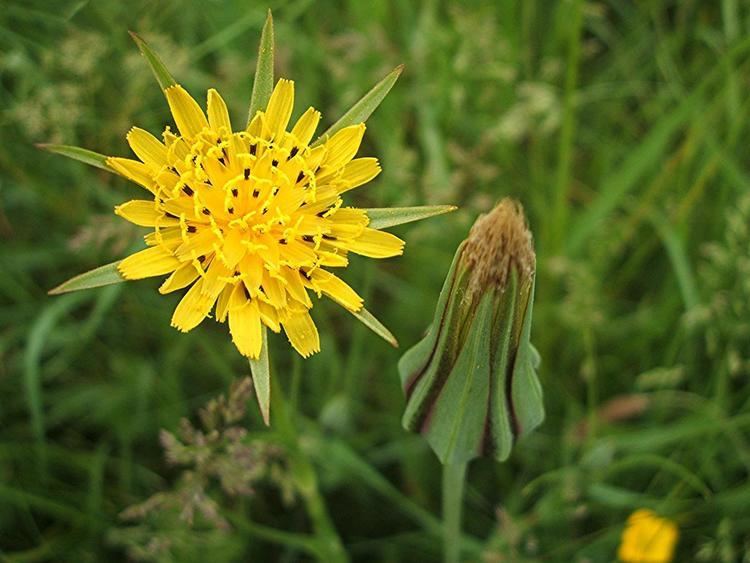 | ||
Similar Black salsify, Jerusalem artichoke, Sow thistles, Parsnip, Cat's ear | ||
Tragopogon understanding the evolution of polyploidy
Tragopogon, also known as goatsbeard or salsify, is a genus of flowering plants in the sunflower family. It includes the vegetable known as salsify, as well as a number of common wild flowers, some of which are usually regarded as weeds.
Contents
- Tragopogon understanding the evolution of polyploidy
- Tragopogon dubius yellow salsify pt 1 of 2
- Hybridization
- Species
- References
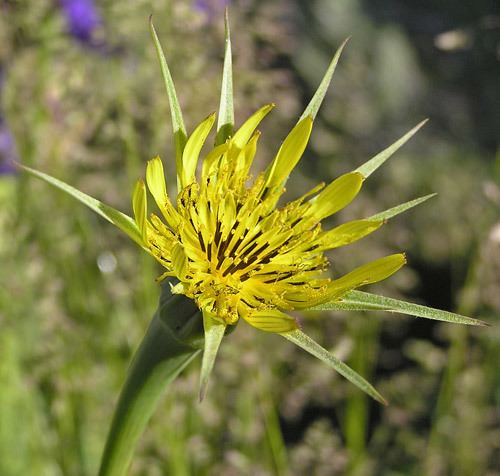
Salsifies are forbs growing as biennial or perennial plants. They have a strong taproot and milky sap. They generally have few branches, and those there are tend to be upright. Their leaves are somewhat grass-like. Flower colour varies within the genus, with some yellow species, and some bronze or purple. Seeds are borne in a globe like that of a dandelion but larger, and are dispersed by the wind.
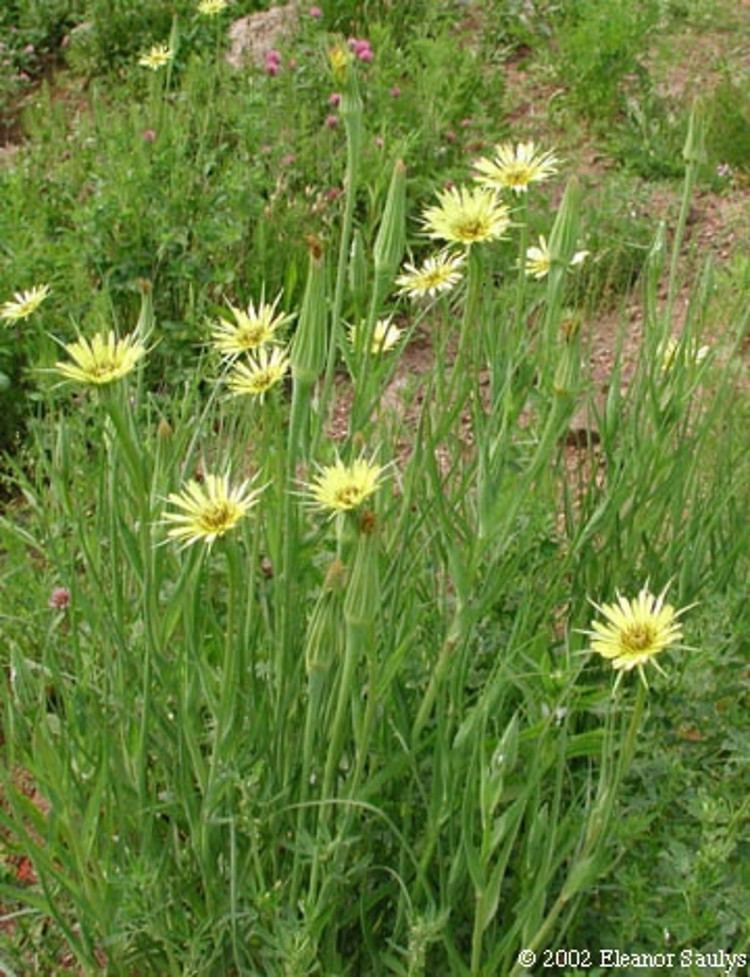
The salsifies are natives of Europe and Asia, but several species have been introduced into North America and Australia and have spread widely there.

Some of the more common species of Tragopogon are known, in the regions where they are most common, by the common names goat's beard, goatsbeard, salsify, or common salsify, without further qualification. These names are therefore inherently ambiguous, and best avoided, or reserved for the genus collectively. In the species list below, the first common name given is the one that seems to be most widely used for that species and is not in significant use for any other species.
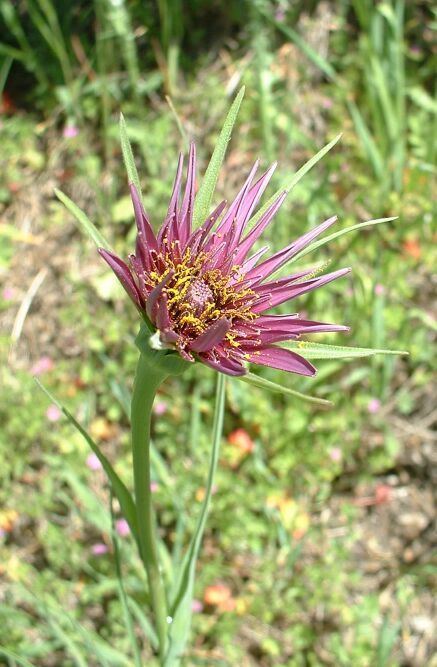
The vegetable called salsify is usually the root of the purple salsify, Tragopogon porrifolius; the root is described as having the taste of oysters (hence the alternative common name "oyster plant" for some species in this genus), but more insipid with a touch of sweetness. The young shoots of purple salsify can also be eaten, as well as young leaves [1]. Other species are also used in the same way, including the black or Spanish salsify, Scorzonera hispanica, which is closely related though not a member of the genus Tragopogon.
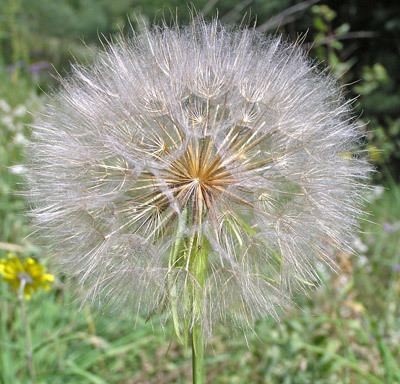
Tragopogon dubius yellow salsify pt 1 of 2
Hybridization
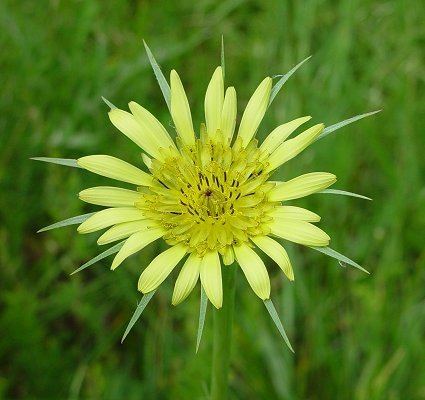
Salsifies are one example where hybrid speciation has been observed. In the early 1900s, humans introduced three species of goatsbeard into North America. These species, the western salsify (T. dubius), the meadow salsify (T. pratensis), and the oyster plant (T. porrifolius), are now common weeds in urban wastelands. In the 1950s, botanists found two new species in the regions of Idaho and Washington, where the three already known species overlapped. One new species, Tragopogon miscellus, is a tetraploid hybrid of T. dubius and T. pratensis. The other species, Tragopogon mirus, is also an allopolyploid, but its ancestors were T. dubius and T. porrifolius. These new species are usually referred to as "the Ownbey hybrids" after the botanist who first described them. The T. mirus population grows mainly by reproduction of its own members, but additional episodes of hybridization continue to add to the T. mirus population.
Species
Numerous species that were once included in Tragopogon are now regarded as better suited to other genera: Agoseris Geropogon Krigia Lasiospora Nothocalais Podospermum Scorzonera Taraxacum Urospermum
